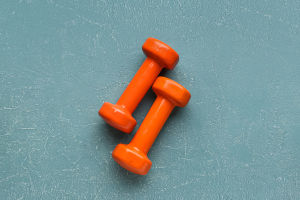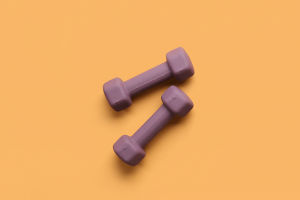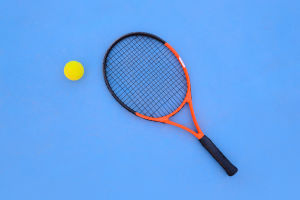When choosing a badminton racket, there are many factors to consider to ensure that you choose a racket that is suitable for you.
There are many types of badminton rackets, each with its own unique characteristics and applicable playing styles.
First of all, the weight of the racket is an important consideration. Generally speaking, the weight of a badminton racket ranges from 70 grams to 100 grams.
Light rackets (usually under 80 grams) are suitable for quick reactions and flexible playing styles, while heavy rackets (over 90 grams) are more suitable for power-based playing styles. For beginners, it is usually more appropriate to choose a medium-weight racket because it can strike a balance between flexibility and power.
Secondly, the balance point of the racket is also very critical. The balance point of the racket can be divided into head-heavy, balanced, and tail-heavy.
Head-heavy rackets provide more power when hitting the ball and are suitable for offensive players; while tail-heavy rackets are lighter and suitable for defense and quick counterattacks.
Balanced rackets are suitable for a variety of playing styles and can take into account both power and control. When choosing, you can choose the right balance point according to your playing style and preferences.
The material of the racket is equally important. Modern badminton rackets are usually made of carbon fiber, aluminum alloy, or composite materials. Carbon fiber rackets are favored by professional players because of their lightness and high strength; aluminum alloy rackets are more economical and suitable for beginners.
Composite rackets often combine the advantages of both, providing a good balance of performance and price. Knowing the advantages and disadvantages of different materials can help you make a more informed choice.
The hardness of the racket shaft also needs to be considered. The hardness of the shaft is usually divided into three types: soft, medium, and hard.
Soft shafts provide more control and are suitable for players who need precise strikes; hard shafts can generate more power and are suitable for players who pursue offense; medium-hard shafts achieve a better balance between power and control. When choosing, considering your playing style and needs can help you find the right shaft hardness.
In addition, the handle of the racket is also an aspect that cannot be ignored. The grip of the handle will directly affect your control and comfort. The size of the handle usually has different specifications. When choosing, make sure the size of the handle is suitable for your hand.
If the handle is too large or too small, it will affect your power and control ability. You can choose to use professional measuring tools or try different sizes of handles in the store to find the one that suits you best.
When choosing a badminton racket, it is also very important to try it as much as possible. By trying it, you can intuitively feel the weight, balance, hardness, and comfort of the handle of the racket.
Most badminton stores will provide trial services, and you can take this opportunity to choose a racket that suits you. Don't blindly follow the trend or choose a certain brand, because everyone's playing style and needs are different, and what suits others may not suit you.
Budget is also a factor to consider when choosing a badminton racket. The prices of badminton rackets on the market vary greatly, ranging from tens of yuan to thousands of yuan. It is important to choose the right racket according to your financial ability.
If you are a beginner, you can choose some cost-effective rackets, and then gradually invest in more professional equipment as your skills improve. For some enthusiasts, regularly changing rackets is also a kind of enjoyment, so you can consider the flexibility of the budget.
When buying a badminton racket, you can ask your coach or experienced friends for advice. They can give more targeted suggestions based on your technical level and playing habits. When buying a badminton racket, don't rush into making a decision.
It's best to choose by comparing multiple options. In addition, badminton rackets from different brands may differ in performance, so understanding the brand can also help you make a better choice.
Finally, the maintenance of badminton rackets is equally important. Regularly checking the condition of the racket, including the tightness of the string and the appearance of the racket, can effectively extend its service life. The racket should be cleaned after use to avoid erosion of the material by sweat and dirt.
Properly store the badminton racket and avoid direct sunlight and high-temperature environments to keep the racket in the best condition. Through scientific selection and maintenance, you can find a badminton racket that suits you and makes your badminton journey smoother.


